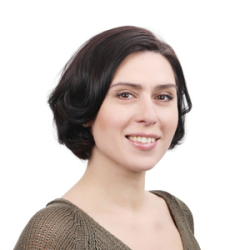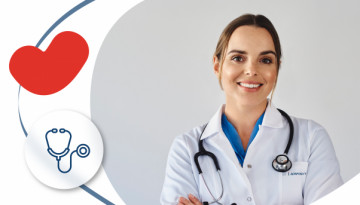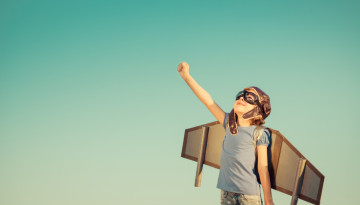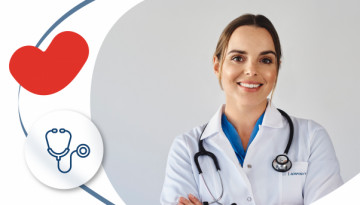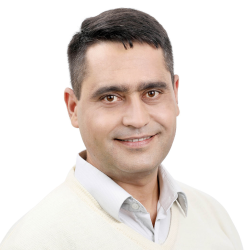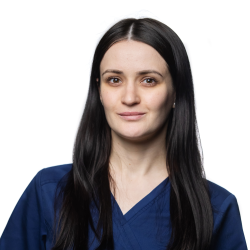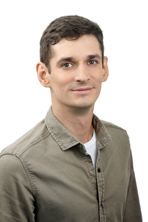The goal of osteopathy is to eliminate body dysfunctions and improve biomechanics without the use of drugs. The only tool of an osteopathic doctor is his or her hands. An experienced doctor feels tense areas and delicately affects the body's structures, without harsh and rough methods. Therefore, osteopathic treatment is safe and acceptable even in case of intervertebral hernias.
Pierre Tricot's book "The Tissue Approach to Osteopathy" states that it is communication that allows us to achieve levels of life that go beyond our own body. That is, tissues indicate problems in the body, the root cause of which lies both in the consciousness of the body and in the consciousness of the person.
In Trigger Points and Muscle Chains in Osteopathy, the authors present a model of myofascial unity based on the integration of the nervous and myofascial systems.
You can often hear the incorrect term "manual osteopathy for the treatment of hernias". It is worth knowing that there is a significant difference between osteopathy and manual therapy: an osteopathic doctor treats not individual foci of disease, but the whole organism.
What is osteopathy? The basic doctrine of osteopathy is based on the concept of the interconnectedness of all parts of the body. If any organ is sick or injured, other body systems will regulate and compensate for its functioning, which can lead to pain, tension or inflammation. An osteopathic doctor helps to reduce stress and minimise pain. Through tactile manipulations, he or she provides a deep effect on the body, relaxes soft tissues in problem areas, and restores the functioning of tissues and organs. The doctor eliminates the cause of the disease, thereby restoring the balance of the whole organism. The number of osteopathy sessions to be prescribed is decided by the doctor during the initial examination.
Osteopathy is conditionally divided into several types:
- Cranial (craniosacral) osteopathy, or cranio-sacral therapy (CST) is a technique that includes gentle manipulation of the skull bones, sacral spine, and dura mater. Cranial techniques are widely used in combination with orthodontics and functional neurology.
- Visceral osteopathy (visceral therapy). The techniques of visceral osteopathy allow you to influence the organs of the genitourinary, digestive, respiratory systems. The doctor's hands help relieve spasms, while restoring the position and mobility of internal organs.
- Energy osteopathy is a combination of classical techniques and traditional Chinese medicine.
- Aesthetic osteopathy. By working with the bones of the skull, the doctor manages to restore the structure and turgor of the skin, the tone of the facial muscles.
Sometimes biodynamic osteopathy and provocative osteopathy are distinguished.
How osteopathy works and what it treats is the main question that interests patients.
The principles of osteopathy for children are also based on trust in the body, which functions as a whole, and on the coordinated work of its various systems. Osteopathy is indicated for children suffering from frequent ARVIs, as well as for babies after difficult childbirth, hypoxia, and birth trauma.
In paediatrics, osteopathic doctors successfully treat the following conditions:
- consequences of birth traumas and surgical interventions;
- hypertensive hydrocephalus syndrome;
- Delayed speech and intellectual development;
- posture disorders (including scoliosis);
- dysbiosis;
- biliary dyskinesia;
- attention and behavioural disorders;
- frequent acute respiratory diseases;
- headaches, encephalopathy and other pathologies.
Read more about osteopathy methods for kids on our website.
Does osteopathy help adults? Yes, it usually helps. However, it is worth knowing about the conditions in which it is undesirable to conduct sessions. The method has no absolute contraindications. The exception is urgent conditions (requiring urgent medical intervention).
Relative contraindications to a joint osteopathy session are:
- acute injuries;
- malignant neoplasms;
- osteoporosis;
- exacerbation of chronic infectious diseases;
- acute mental disorders.
The undoubted advantage of osteopathy is the possibility of combining the method with other medical procedures. The following combinations have proven themselves: osteopathy and massage, osteopathy and reflexology, osteopathy and hirudotherapy.
The treatment session is painless. After an osteopathy session, as a rule, there is a feeling of "liberation" and lightness.
The cost of a course of treatment is determined by diagnostic measures, the need for consultations with related specialists and the number of prescribed procedures. The number of sessions can be adjusted by the doctor during the treatment (usually 3-5 sessions are prescribed).
Article author - Stelmakh Ihor Mykolaiovych
Article reviewer - Anikieieva Tetiana Volodymyrivna
Do you want to get an online explanation of a doctor from Dobrobut clinic chain?
Download our application in Google Play and App Store


@2x.png)
@2x.png)

